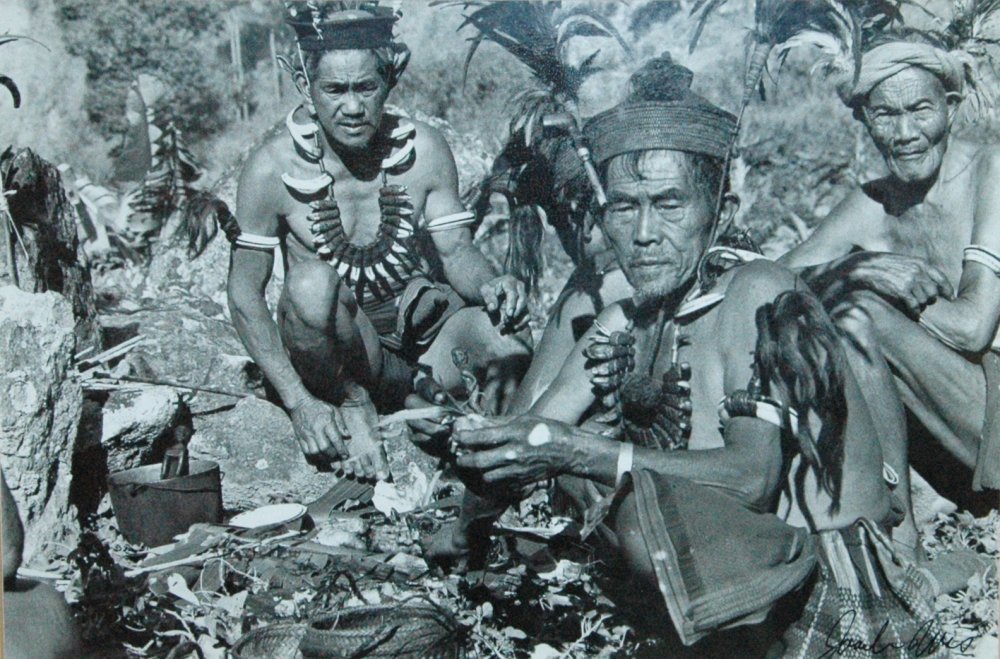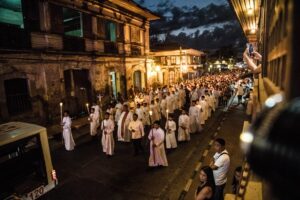The Philippines, an archipelago of over 7,000 islands, is home to a diverse array of indigenous cultures that have thrived for centuries, long before the arrival of colonial powers. These indigenous groups, collectively known as the “Indigenous Peoples” (IPs), number around 14 to 17 million and are spread across different regions of the country, each preserving its own unique customs, traditions, and way of life.
Diversity of Indigenous Groups
The indigenous population of the Philippines is remarkably diverse, with over 110 distinct ethnolinguistic groups. Some of the largest and most well-known indigenous groups include the Igorot from the Cordillera region in Northern Luzon, the Lumad in Mindanao, and the Mangyan from the island of Mindoro. These groups are recognized for their deep connection to nature, spirituality, and a communal way of living, often in harmony with the environment.
Spirituality and Beliefs
Indigenous groups in the Philippines have maintained spiritual traditions that reflect their connection to the land, ancestors, and nature. Many of these beliefs are rooted in animism, where spirits are believed to inhabit natural elements like trees, rivers, and mountains. The Ifugao people, for example, are famous for their rice terraces, which are not only agricultural feats but also deeply spiritual spaces dedicated to their ancestors and deities. Rituals and festivals, often accompanied by music, dance, and chants, play an important role in indigenous life, marking important seasonal events and life milestones.
Artistic and Cultural Heritage
Indigenous art and craftsmanship are highly valued parts of their cultures. The T’boli people of Mindanao, for instance, are known for their intricate “t’nalak” weaving, which uses abaca fiber and natural dyes. This tradition, passed down through generations, is deeply intertwined with their dreams and spirituality. The Kalinga of the Cordillera are famous for their tattooing traditions, which have recently gained international recognition due to Whang-Od, the 100-year-old tattoo master (mambabatok), who symbolizes the resilience of traditional tattoo artistry.
Challenges Facing Indigenous Peoples
Despite their rich cultural heritage, indigenous groups in the Philippines face significant challenges. Land dispossession, particularly from mining, logging, and agricultural expansion, threatens their ancestral domains, which are protected by the Indigenous Peoples’ Rights Act (IPRA) of 1997. Additionally, modernization and external pressures have often marginalized indigenous communities, leading to the loss of traditional knowledge and practices.
Preservation and Recognition
Efforts are being made to preserve the rich indigenous cultures of the Philippines. The National Commission on Indigenous Peoples (NCIP) works to protect the rights and welfare of indigenous groups. Cultural festivals, such as the Kadayawan Festival in Davao, celebrate indigenous heritage, while local and international advocacy groups continue to push for greater recognition and support for indigenous communities in the face of environmental and economic challenges.
Indigenous culture in the Philippines remains a vibrant testament to the country’s diverse heritage. From the mountainous rice terraces of the Ifugao to the rich musical traditions of the Lumad, these cultures offer profound insights into the Filipino identity and the nation’s history. As the country modernizes, the importance of preserving these cultural legacies is ever more critical for future generations.




